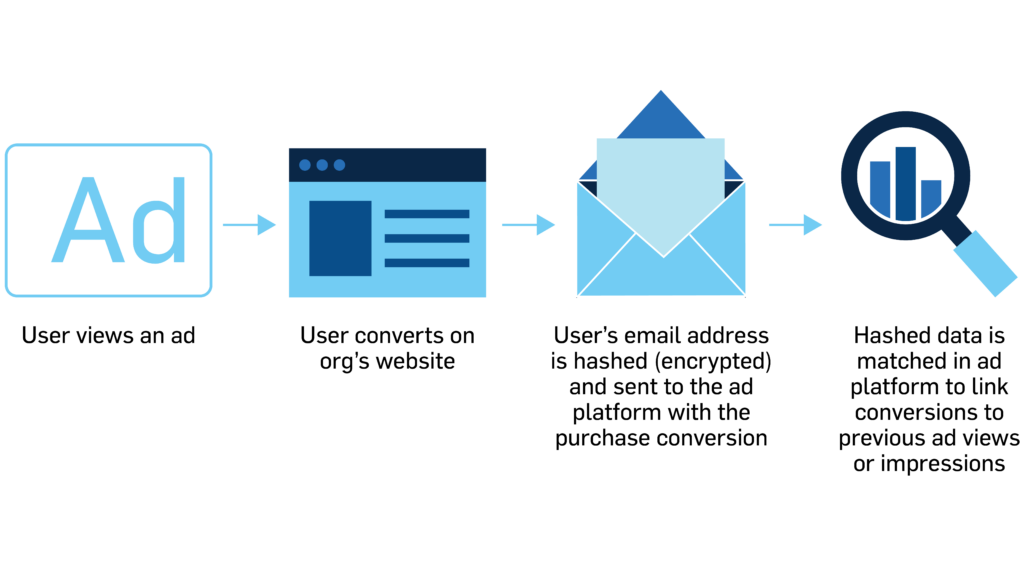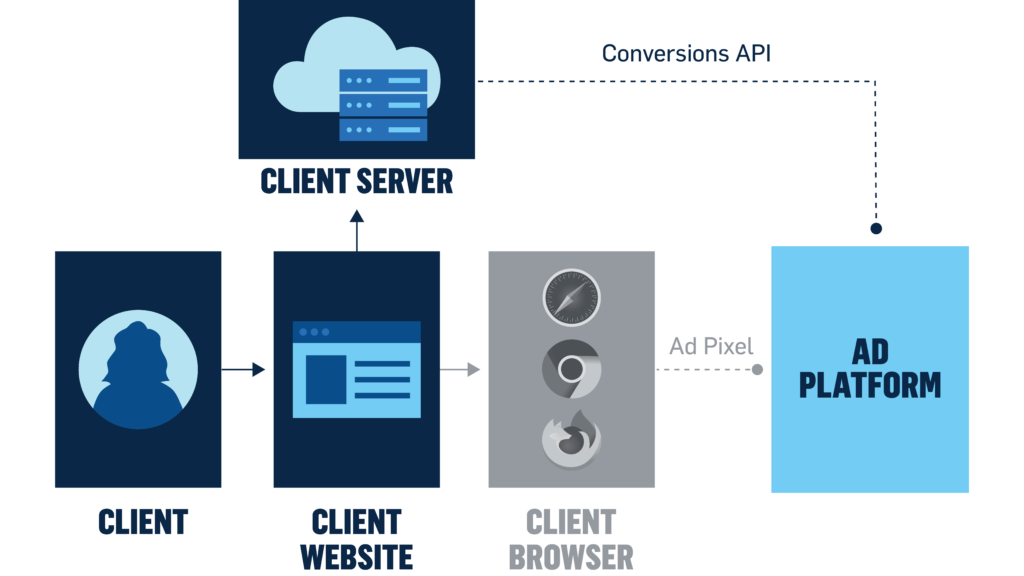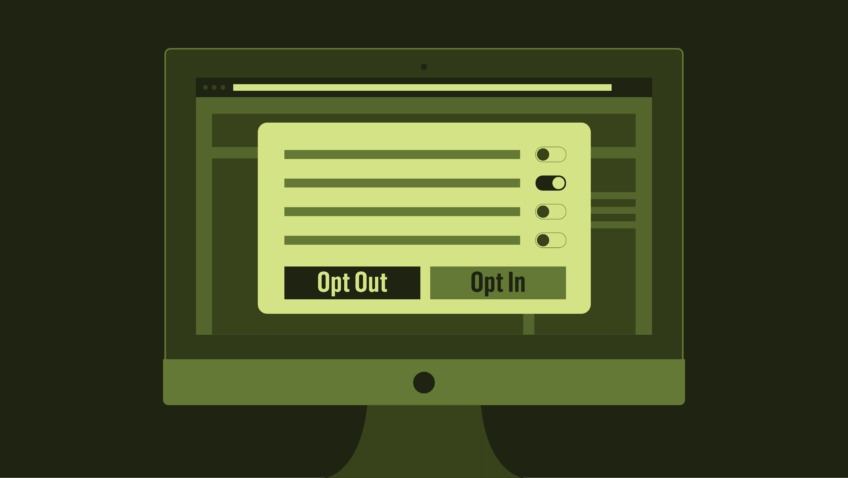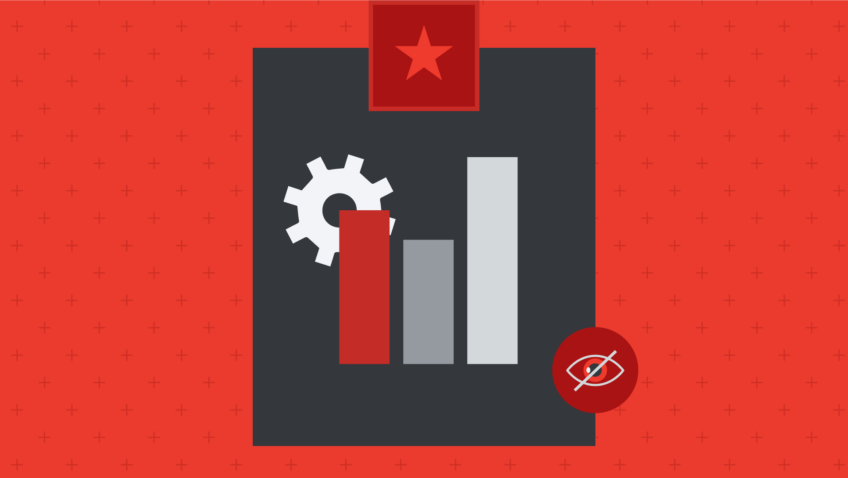Third-Party Cookies are Going Away: What Does That Mean For You?
Google started deprecating third-party cookies for 1% of Google Chrome users in January. While Google’s cookie-less solution Privacy Sandbox must still be approved by European regulators and full deprecation has been delayed yet again, we expect this change is imminent.
This delay is not a reason to be complacent—here’s what you need to know now.
WHY THIS MATTERS
Chrome claims 50% of the browser market share in the U.S. So, while Safari, Firefox, and other smaller browsers have blocked or limited third-party cookies for several years, the change to Chrome will have an outsized impact.
Third-party cookies have been how advertising platforms such as Meta and Google have gathered data from sites across the internet—including your own—to retarget website visitors and report on campaign success by tracking conversions.
The way platforms get data for audience targeting and conversion tracking is about to change.
Your infrastructure needs a tune-up to keep up with these changes.
WHAT IS CHANGING IN ADVERTISING PLATFORMS?
For Meta and Google to continue successfully targeting new and existing audiences, the platforms still need to receive customer behavioral data while respecting user privacy. Instead of browser-reliant pixels and third-party cookies, Meta and Google are moving towards first-party data and other strategies to retain measurement. Not only is this data critical for measuring and attributing conversions to campaigns, it also informs all the algorithms that make these platforms so powerful. The ability to drive dynamic bidding, inform delivery and targeting, and support dynamic creative to ensure we reach the right audience at the right time hinges on this data being available.
It’s undeniable: Digital measurement is getting more nuanced and more technical. We’re about to jump into the weeds, but stick with us—you’ll be glad you did!








